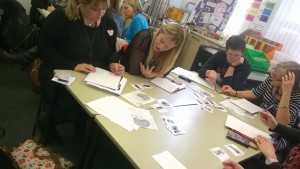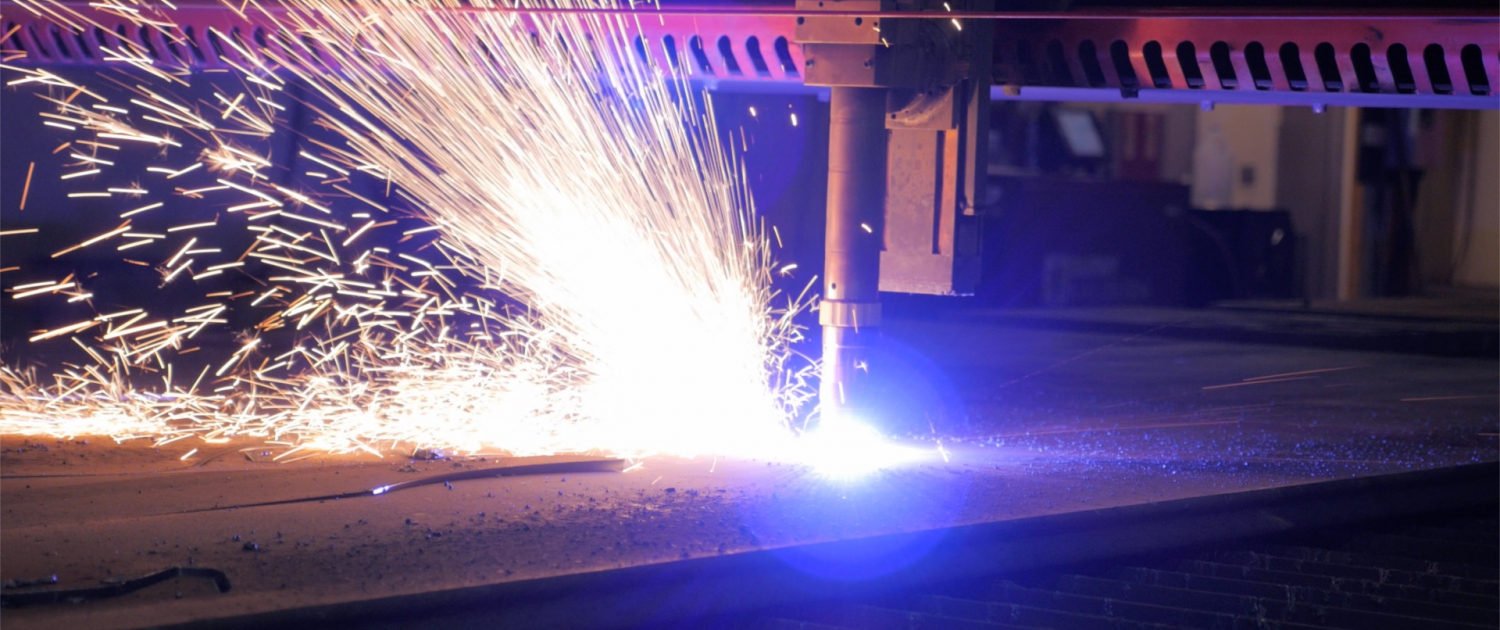Making Apple Watch
As a counterpoint to Monday’s post about building giant ships by throwing huge slabs of steel around, here’s the opposite end of the metalworking spectrum: the precision metallurgy and machining that goes into making Apple Watch.
Product Designer Greg Koenig has a terrific blog post which dissects what little Apple has said about the Watch with a fanatical eye. All he has to go on is this set of films about the ‘craftsmanship’ involved:
From there, Koenig explores work hardening; gold metal matrix composites; ultrasonic imperfection testing of the sort usually applied only to medical implants or aircraft engine components; the order of polishing vs. machining operations; stainless steel alloys and nickel allergies; forging and the effect of grain structure; datum detection and coordinate measuring; …
I could go on. Koenig does, and it’s fascinating. Turns out, the steel and aluminium watches are made using quite different processes (forging and extrusion, respectively), and there’s something extraordinary going on with the aluminium version:
Apple is doing something utterly unique […] using a laser to clean up any burrs or finishing defects from machining. You can see the laser quickly outline the lip of an inside pocket, and come in for a more intense second pass on the floor of that pocket. […] this is an astonishingly brilliant trick they cooked up.
Materials Science and Metallurgy are fields that are easy to overlook, but so many of the devices and technologies of our lives depend on continued innovation at all levels of the supply and manufacturing chain. Mass production has been one of the key technologies of the last hundred years or so, but there are still new advances to be found.
Do read the rest of Koenig’s post. If you find it as utterly compelling as I do, bear in mind that you’d get to work with this stuff most likely from studying physics, chemistry and design technology in school. You’d go on to fields like physics, chemistry, materials science, product design, or mechanical engineering, then specialise into surface physics, metallurgy, production engineering, quality control, and so on.






